If you compare the absolute values with those of the reference, the Corsair iCUE ML120 RGB ELITE consistently cuts a good figure. Not only is it usually a bit quieter, but it also manages more throughput. For this very reason, we added a very complex measurement in 5-cfm steps at the end, which shows the sound pressure level as a curve over the entire speed range in relation to the volume flow. And the Corsair iCUE ML120 RGB ELITE can score very well there as well.
Sound comparison (recording) at 100% speeds
As just mentioned, the subjective feeling is a somewhat clearer noise from the motor and the rotor blades, which is of course also due to the different speeds. The Corsair iCUE ML120 RGB ELITE produces a bit more motor noise, although already the reference fan others can be called loud.
Corsair iCUE ML120 RGB ELITE
Be Quiet! Light Wings 120 mm HS
Sound comparison (recording) at 1000 rpm
The sound carpet is subjectively almost the same, you can really leave it like that
Corsair iCUE ML120 RGB ELITE
Be Quiet! Light Wings 120 mm HS
Total speed range (170 to 2000 rpm)
Before I will explain the frequency analysis of the recorded spectrum to you, there is already the dreaded “station search”, where we will play through the fan operation from the lowest to the highest speed. And please don’t be alarmed, we have amplified the whole thing a bit so you can hear it better. So don’t set your listening level too high, though – this time it’s not particularly extreme. The Arctic P14 was a completely different caliber…
However, on the time line I would refer to the range at 30 seconds or even 1 minute, where (due to the amplification) a slight buzz can be heard particularly clearly above the actual sound pattern. This will not be noticeable in normal operation, but it adds up.
If the speakers have survived the whole thing up to this point, we’ll now go into more detail.
Frequency spectrum in the housing
Let’s look at the frequency analyses of all measurements and all three tested speeds. The graphs speak for themselves, as you can also see a small lower-frequency peak of the engine at full speed quite clearly:
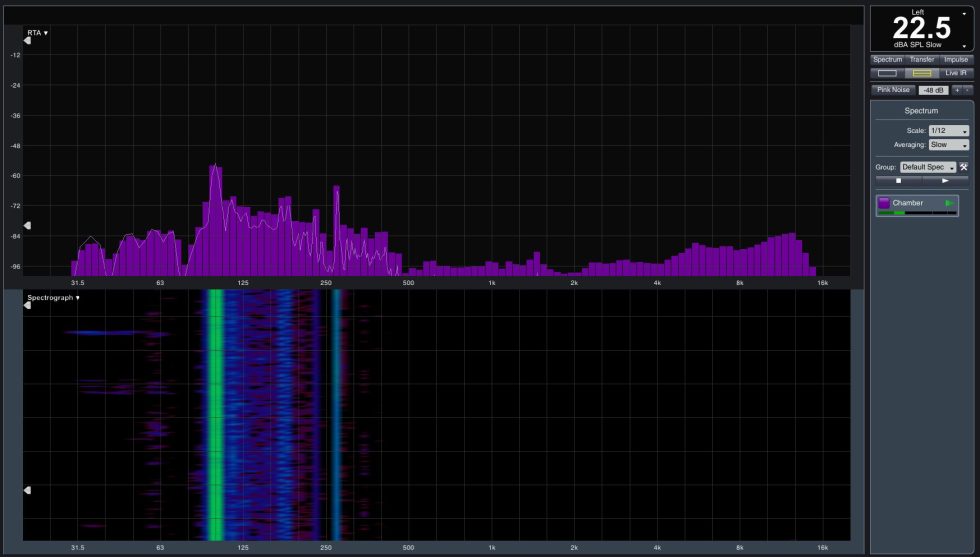
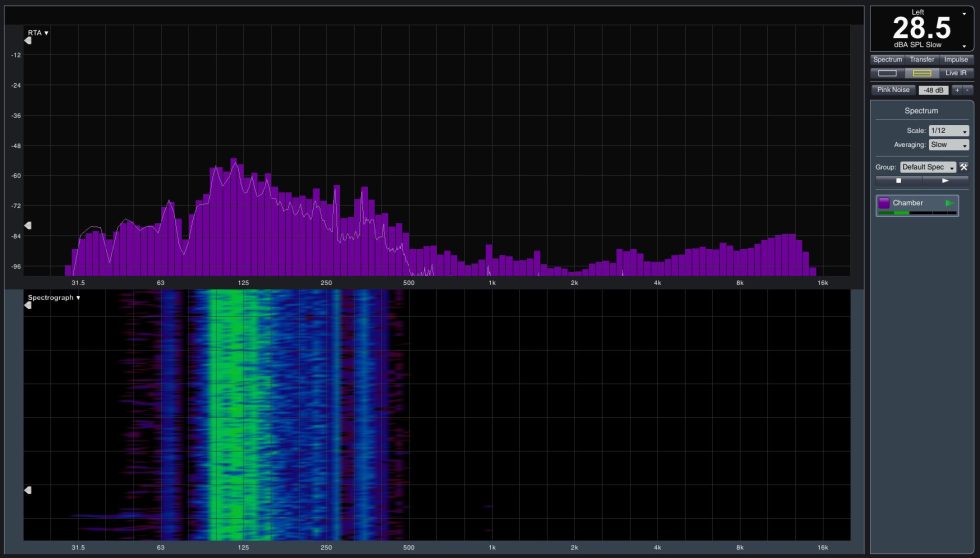
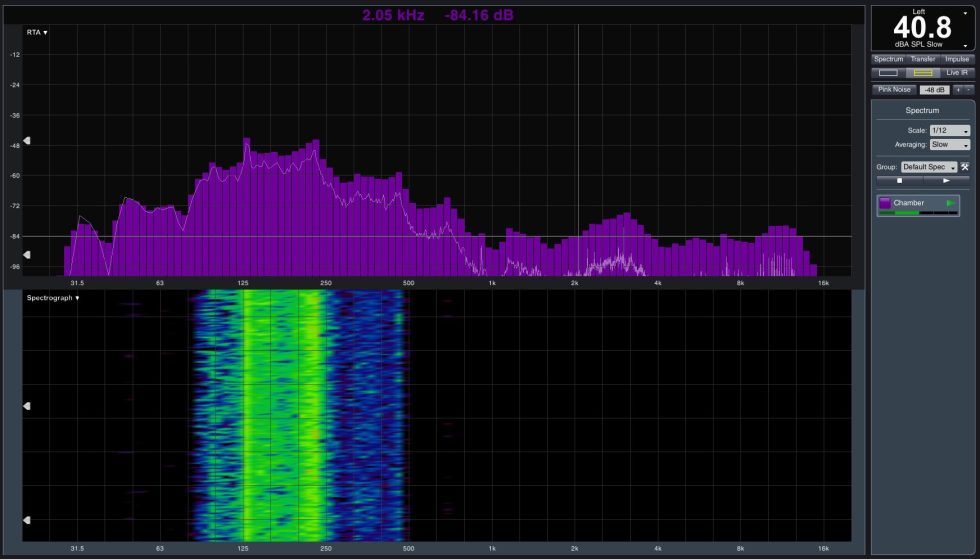















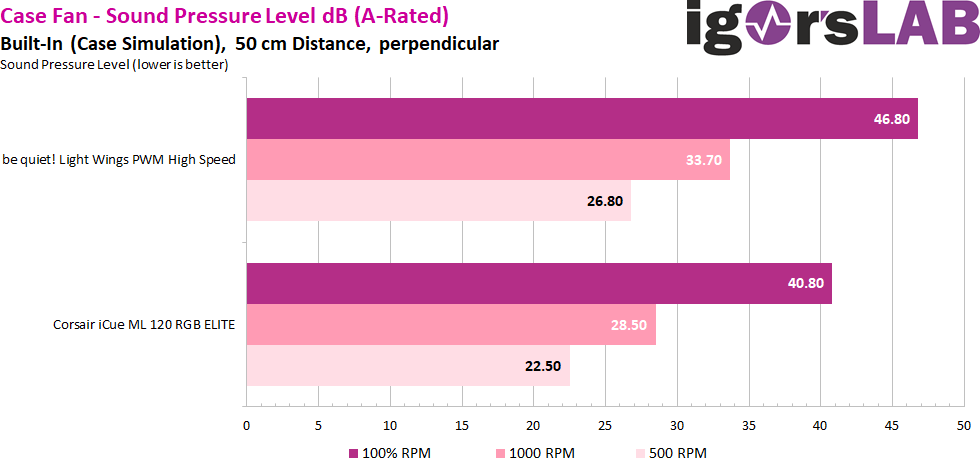
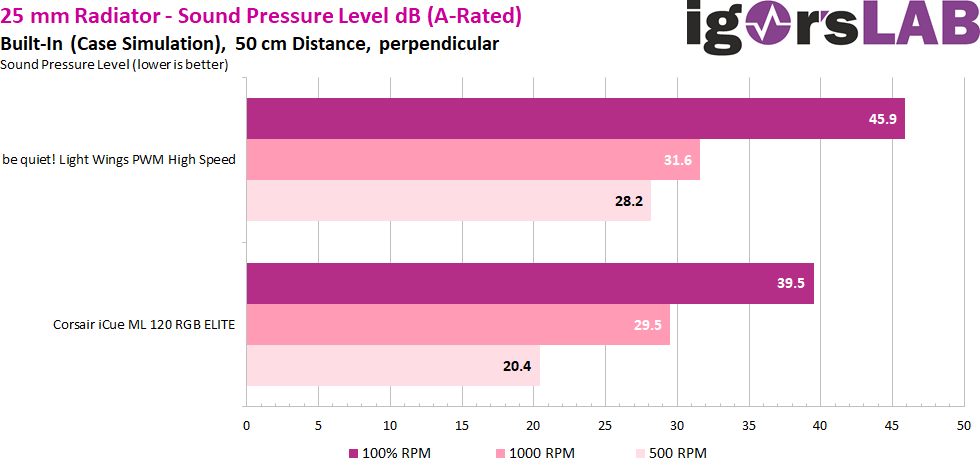
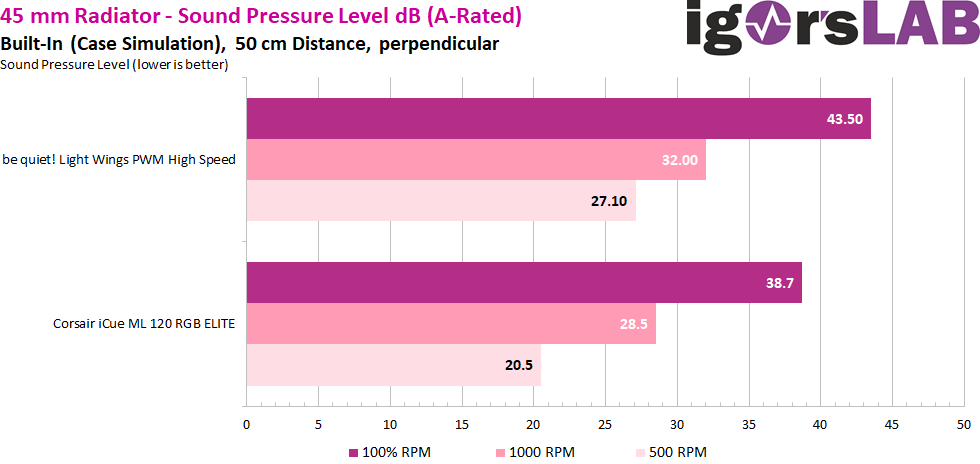
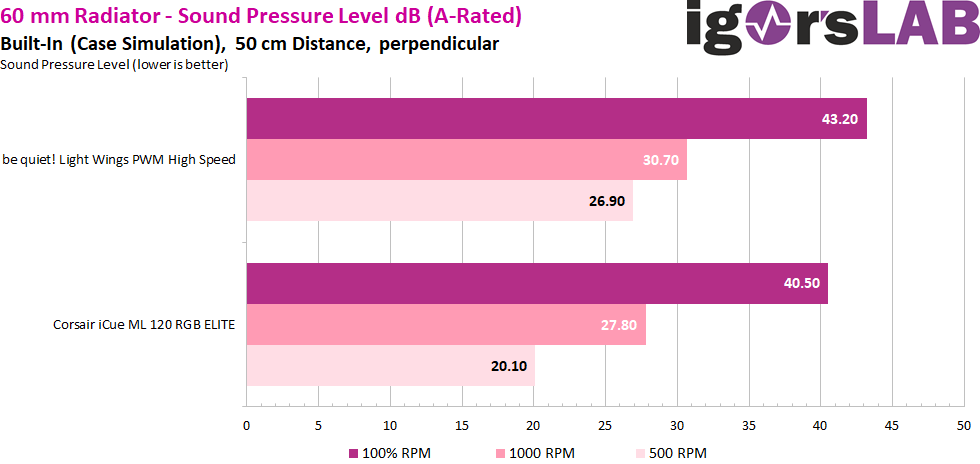


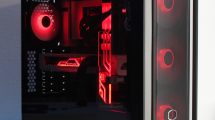

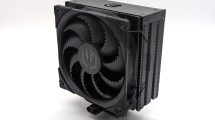
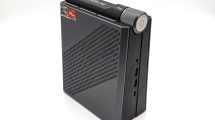











18 Antworten
Kommentar
Lade neue Kommentare
Moderator
Veteran
1
Urgestein
Urgestein
Urgestein
1
Urgestein
Urgestein
Urgestein
Urgestein
Urgestein
Urgestein
Urgestein
Urgestein
Urgestein
Mitglied
Urgestein
Alle Kommentare lesen unter igor´sLAB Community →